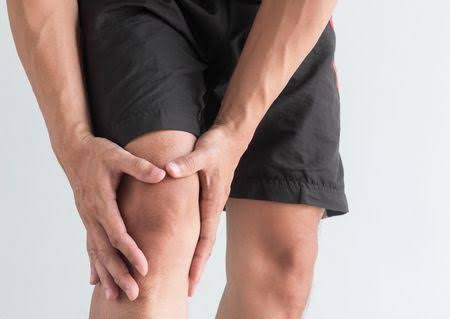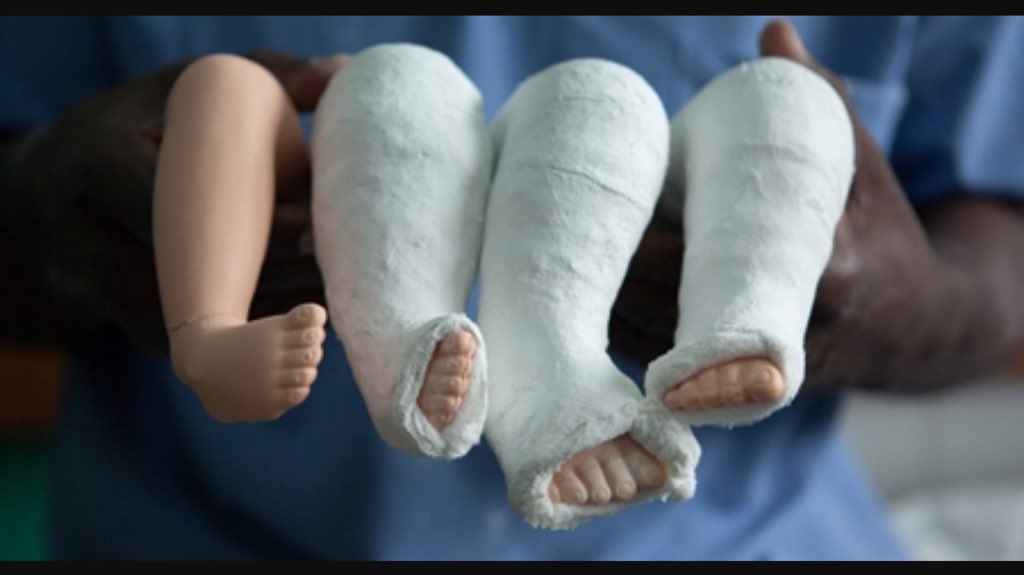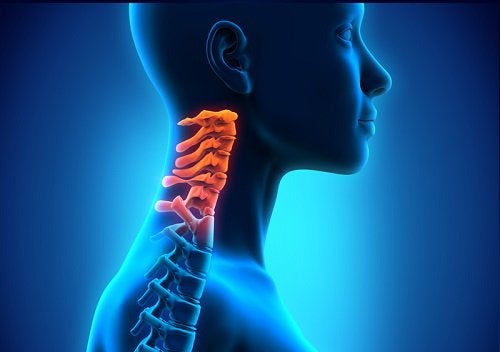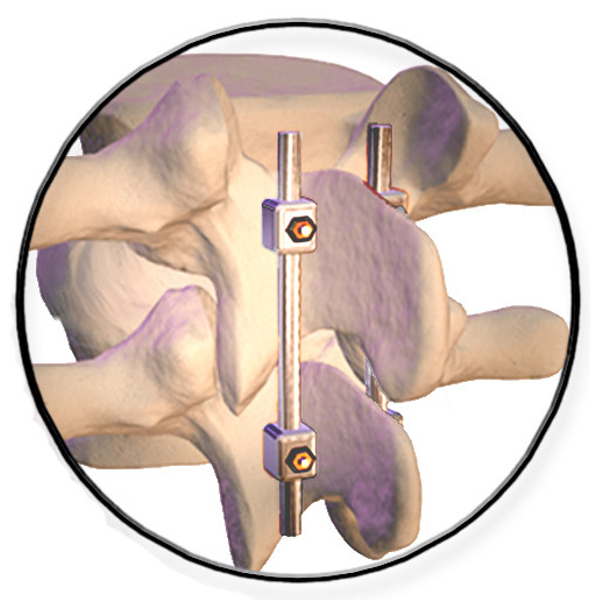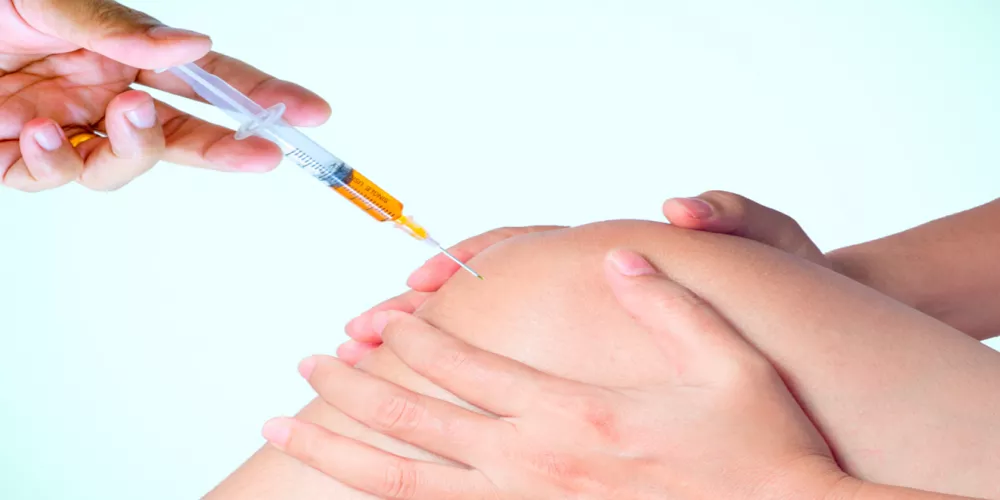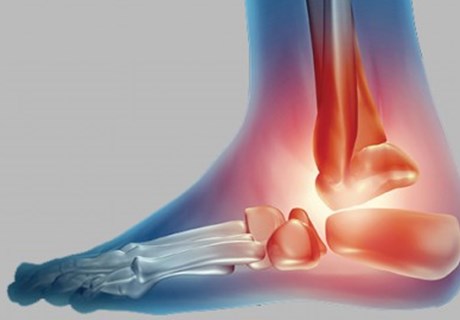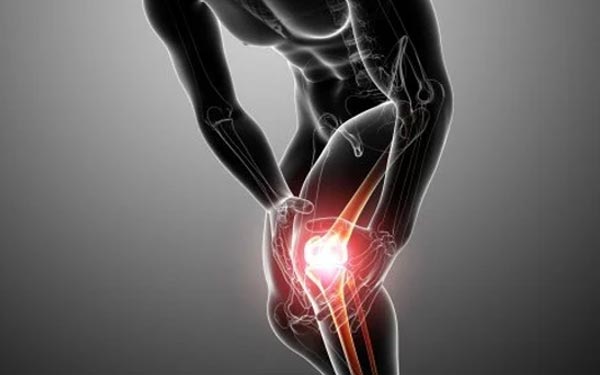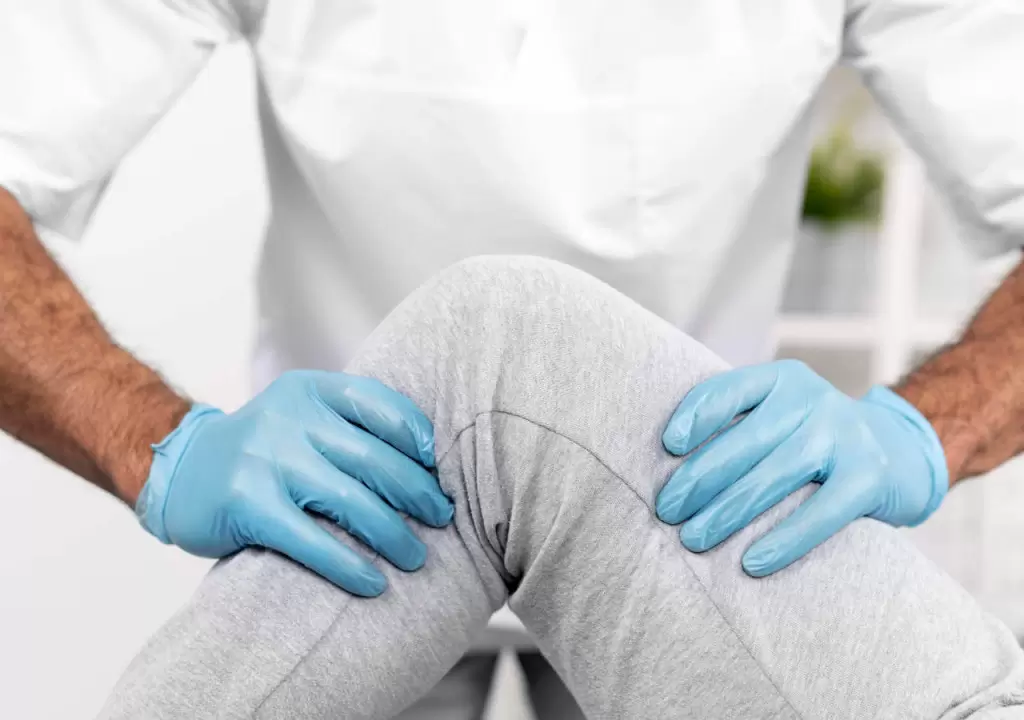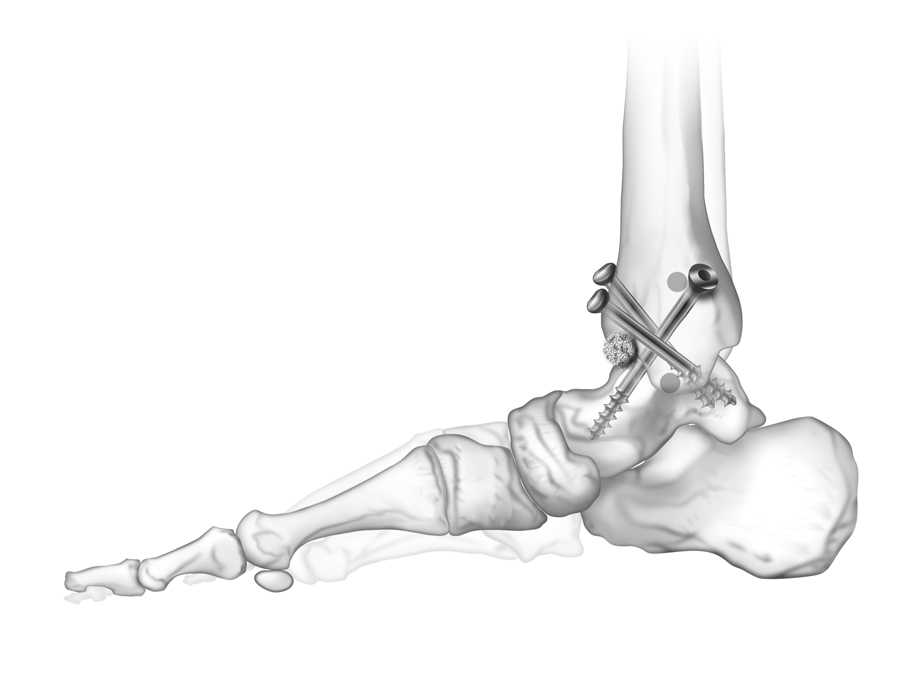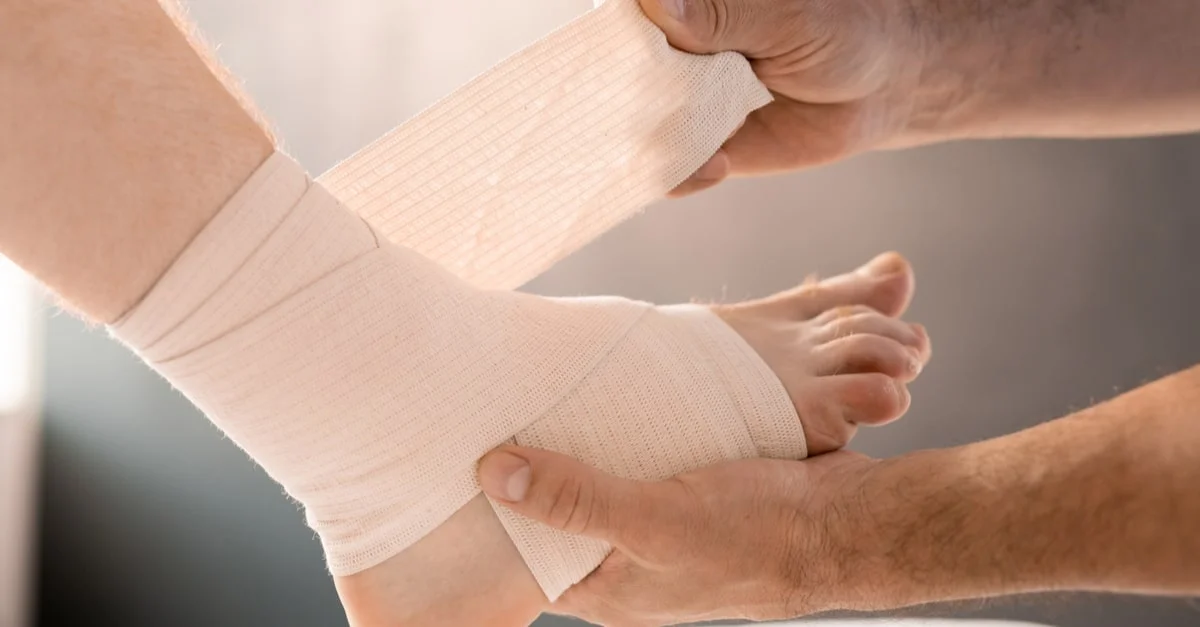Who is the best doctor for shoulder stabilization surgery, and what is the cost of the procedure?
A shoulder stabilization surgery doctor is the person individuals in need of shoulder joint stabilization surgery look for to find a skilled and trusted medical professional to embark on their treatment journey. They want to choose the most suitable doctor who can address their specific condition. In this article, we will explore essential information related to shoulder stabilization surgery, its success rate, the final cost, and the possibility of undergoing physical therapy sessions after the procedure.
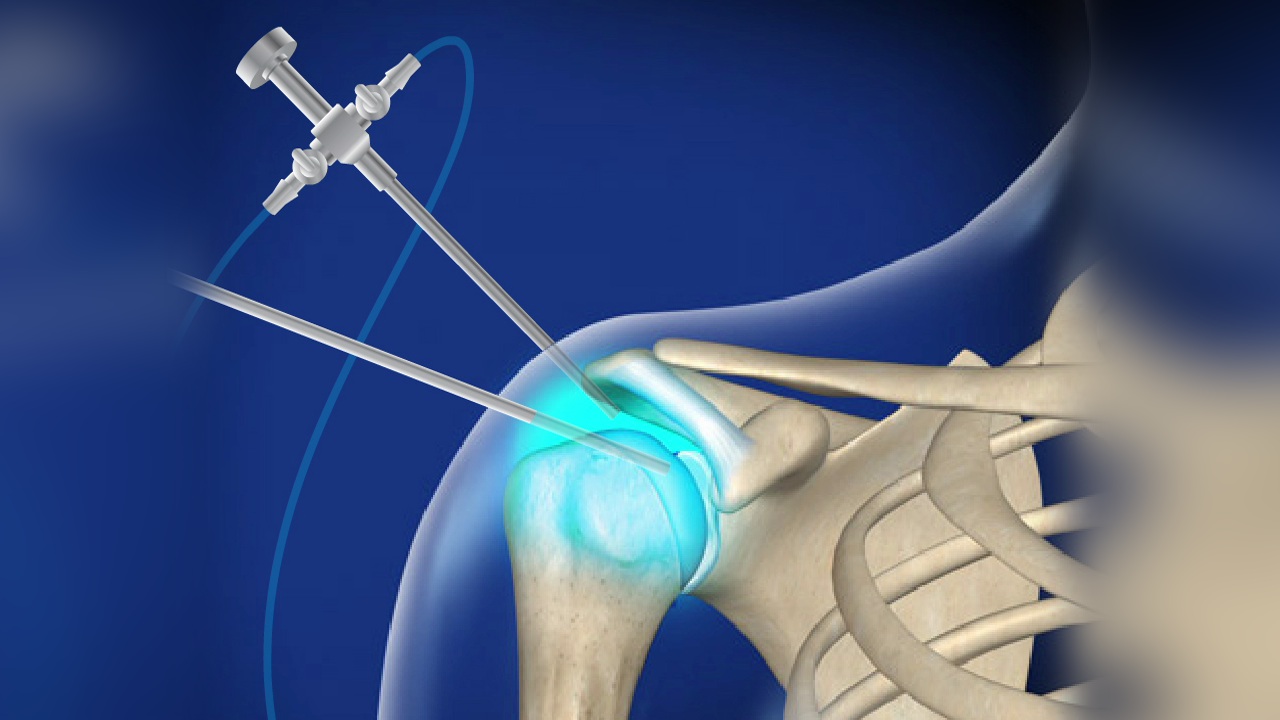
Shoulder Stabilization Surgery Doctor
Dr. Amr Amal is considered one of the best specialists in shoulder surgery. He is an orthopedic surgery consultant at Ain Shams University and a faculty member at Ain Shams University. He is known for his extensive experience and knowledge in this field, utilizing the latest available techniques for diagnosing cases and successfully performing shoulder stabilization surgery. Dr. Amr’s approach is characterized by tolerance and compassion, as he cares about the comfort of his patients, providing them with the necessary psychological support during the recovery process. Dr. Amr expresses his passion for delivering high-quality care and improving the quality of life for his patients. He works harmoniously with the medical team to ensure a comfortable and successful experience for patients.
Symptoms of Shoulder Fracture
Symptoms resulting from a shoulder fracture are evident when an individual experiences an injury. However, in some cases, symptoms may be delayed and take up to two days to appear. Individuals who have suffered a shoulder fracture commonly exhibit one or more of the following symptoms:
- Feeling pain in the shoulder that intensifies with movement.
- Difficulty moving the shoulder joint or lifting the arm upward.
- Swelling around the site of the shoulder fracture.
- A change in skin color, potentially turning blue, above the shoulder fracture site.
- Hearing a cracking sound from the bone.
- Deformity in the external appearance of the shoulder, particularly in severe fractures.
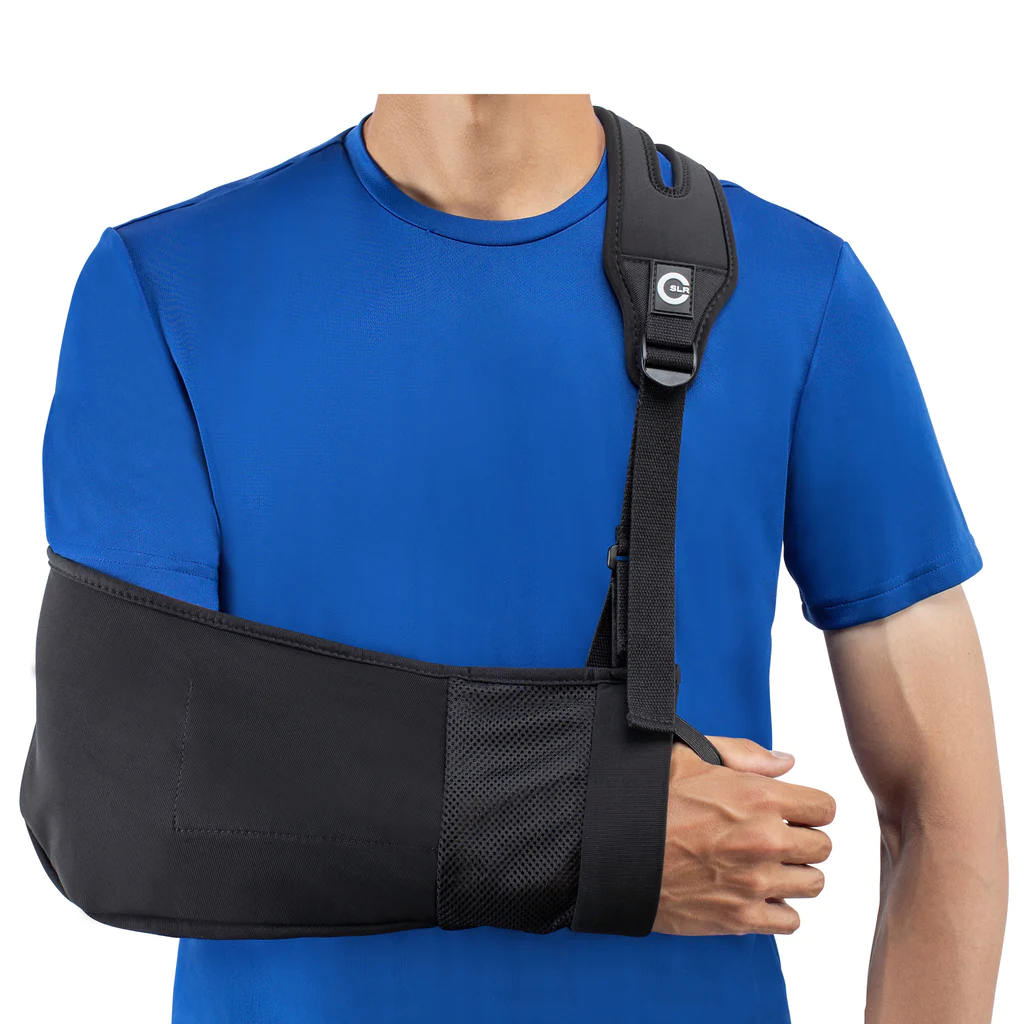
Types of Shoulder Fractures
Shoulder fractures are categorized based on the bones affected within the shoulder joint. This classification greatly assists in selecting the optimal treatment method. The following are some common types of shoulder fractures:
- Scapular Fracture: The scapula is a long bone that connects the upper part of the humerus to the shoulder blade. Scapular fractures are often prevalent among children and young adults and can result from injuries sustained during sports, such as football, or violent collisions.
- Humerus Fracture: The humerus bone connects to the shoulder joint, forming the ball of the shoulder joint within the glenoid socket. Fractures in the proximal or distal regions of the humerus can occur due to severe injuries affecting the bone tissue in the area. Proximal humerus fractures are more common among older adults and individuals with osteoporosis.
- Clavicle Fracture: The clavicle, or collarbone, connects the sternum to the acromion of the scapula, providing stability to the shoulder. Clavicle fractures are relatively common and can occur from falls, sports-related injuries, or accidents. These fractures may require surgical intervention or conservative management depending on the severity.
Dr. Amr Amal is a highly skilled shoulder surgeon with expertise in treating shoulder fractures and performing shoulder stabilization surgeries, ensuring a comfortable and safe experience to improve your shoulder’s health and address related problems.
Does a Shoulder Fracture Require Surgery?
“Get ready to relieve shoulder pain and achieve exceptional joint stability with Dr. Amr Amal, an expert in shoulder stabilization surgeries.”
The shoulder is prone to fractures due to accidents or incorrect movements, and there is a specific group of people who are more susceptible to shoulder fractures due to their age or the activities they engage in. In most cases, these fractures can be treated without the need for surgical intervention. However, severe cases may require immediate surgical treatment to address the condition.
How Is Shoulder Stabilization Surgery Performed? Shoulder stabilization surgery is performed in cases of severe fractures to ensure proper bone healing and repair associated damage. Shoulder fractures can lead to deformities in the shape and function of the joint, especially those resulting from traumatic injuries, such as car accidents, which can cause significant damage to the shoulder joint.
Shoulder fracture surgery can be performed arthroscopically or through open surgery. Arthroscopic shoulder surgery is often the preferred option as it is less invasive and does not require a large surgical incision. Additionally, patients can return home shortly after the procedure. However, in complex cases with extensive damage that is difficult to repair arthroscopically, traditional open surgery may be necessary.
In some cases, the surgeon may remove fractured bone fragments and perform debridement of bone edges. In other cases, bone grafting may be required if there is substantial loss of bone within the joint. The surgeon will also address any dislocations associated with the fracture and correct joint instability by restoring the joint and its components to their natural state.
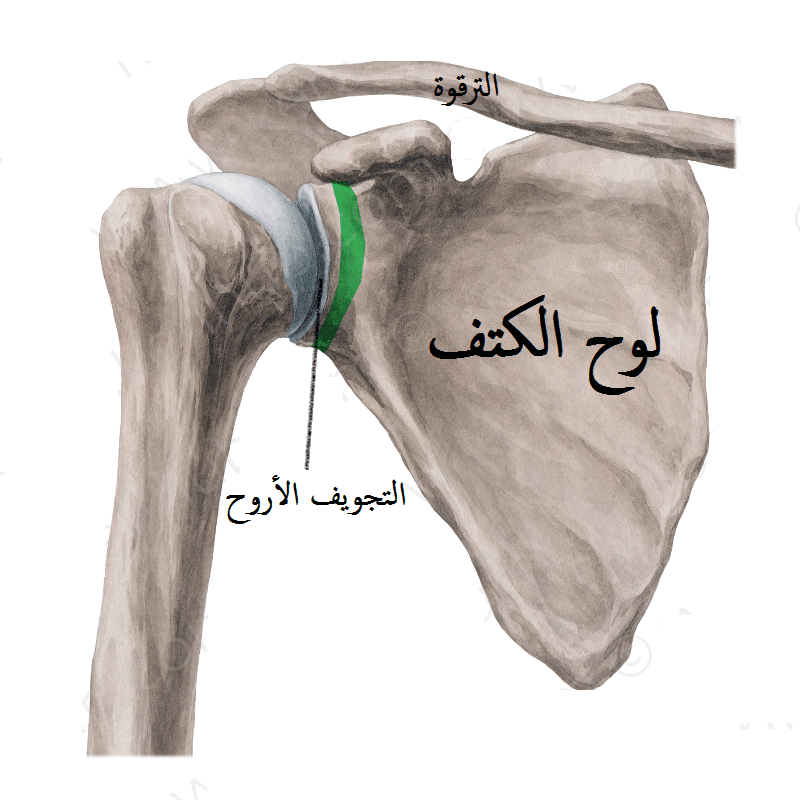
What to Expect After Shoulder Stabilization Surgery?
After undergoing shoulder stabilization surgery, there are several expected outcomes:
- The patient may experience some pain, which is usually manageable. In some cases, the patient may receive a dose of a strong pain reliever via intravenous injection.
- Swelling in the shoulder area is common and typically lasts for approximately 24 hours due to the sterile fluid used during the surgery to facilitate visualization inside the joint.
- Patients are often discharged from the hospital the day after the surgery.
- The bulky dressing is replaced with smaller waterproof dressings.
- Patients should keep the dressing dry and clean and in place until their follow-up appointment with the doctor approximately two weeks after the surgery.
- The patient will take a small amount of pain medication for five days, typically a combination of pain relievers and anti-inflammatory drugs.
- Physical therapists will work with the patient, guiding them through a series of simple exercises.
- Small wounds typically heal well, resulting in faint scars in the end.
In the short term, patients may notice a decrease in the size of the muscles surrounding the shoulder due to reduced use. However, with rehabilitation over several months, these muscles will return to their normal state.
Physical Therapy After Shoulder Surgery and When Does It Start?
One of the important aspects that a patient needs after undergoing shoulder stabilization surgery is to get an adequate amount of rest and avoid excessive movement. However, despite this, they are allowed to perform specific exercises that help restore normal shoulder movement. These exercises typically begin about two weeks after the surgery.
Physical therapy after shoulder stabilization surgery is highly effective in promoting shoulder mobility, strengthening important muscles, and improving the shoulder’s endurance capacity. This, in turn, helps prevent joint problems that may occur in the future.
The patient should consult their treating physician to determine the duration required for post-surgery physical therapy based on their symptoms and response to the treatment plan. Generally, several physical therapy sessions are needed over a few weeks, potentially extending to several months, to achieve full recovery and restore the shoulder’s natural range of motion.

Rehabilitation Period After Shoulder Stabilization Surgery
After undergoing shoulder stabilization surgery, a patient typically requires a rehabilitation period of up to three months for complete recovery and the success of the procedure. During this period, it is crucial for the patient to follow the instructions of the physical therapist and treating physician to achieve the desired results. It is important not to overuse the injured hand and instead use the other hand for tasks.
Success Rate of Shoulder Stabilization Surgery
Shoulder stabilization surgery is considered highly successful, with a success rate of over 90%. People who undergo this procedure often experience significant improvements in their health and overall shoulder mobility. The success of the surgery depends largely on the proficiency and expertise of the surgeon who performs it. It is a safe and highly effective procedure, but it is essential for the patient to discuss all necessary information related to the surgery with their doctor and determine its suitability for their specific condition.
Recovery Period After Shoulder Surgery
The recovery period for a patient who has undergone shoulder stabilization surgery varies from person to person, depending on the severity of the condition. In simple, non-critical cases, patients often experience significant improvement and can regain normal movement within 4 to 6 weeks. However, in severe cases, patients may require a longer recovery period, possibly extending to several months, to fully restore their previous condition. Physical therapy exercises performed under the guidance of a physiotherapist help in developing joint mobility, regaining muscle strength, and accelerating the recovery and healing process.

How Long Does Shoulder Stabilization Surgery Take?
“Place your trust in his expert and skilled hands, as Dr. Amr Amal offers a wide range of treatments, including non-surgical interventions and precise surgical procedures to treat shoulder fractures and dislocations.”
Shoulder stabilization surgery aims to restore joint stability, reduce pain and swelling, and also treat fractures and wear and tear. The surgical procedure can take anywhere from one to two hours, depending on the patient’s condition and the type of surgery performed.
What Is the Cost of Shoulder Stabilization Surgery?
Prices vary as new developments occur daily, but on average, the cost of shoulder stabilization surgery ranges from 50,000 to 100,000 Egyptian pounds. The price can vary due to the impact of certain factors that we will detail in the following paragraphs.
What Factors Determine the Cost of Shoulder Stabilization Surgery?
Several factors help determine the cost of shoulder stabilization surgery, as they have a significant and clear impact on the price. These factors include:
- The patient’s overall health and the type of injury they have sustained.
- Necessary pre-operative tests, including diagnosis, blood tests, and imaging.
- The level of the hospital and the extent of its services, as well as its commitment to patient care.
- The cost of anesthesia and the medical team assisting the treating surgeon, including nursing staff.
- The duration of the patient’s stay in the hospital after the surgery, the services they receive, and the follow-up by the doctor and the physical therapy specialist.

Is Shoulder Stabilization Surgery Risky?
Shoulder stabilization surgery is a surgical procedure used to treat shoulder fractures or other injuries that may lead to instability. This procedure is considered safe and highly effective. However, it is important for the patient to follow the surgeon’s post-surgery instructions to ensure proper recovery. Shoulder stabilization procedures are not considered risky when performed in a suitable environment by a skilled and experienced surgeon. Nevertheless, it is important for the patient to have realistic expectations regarding the recovery process and the time required to return to regular daily activities.
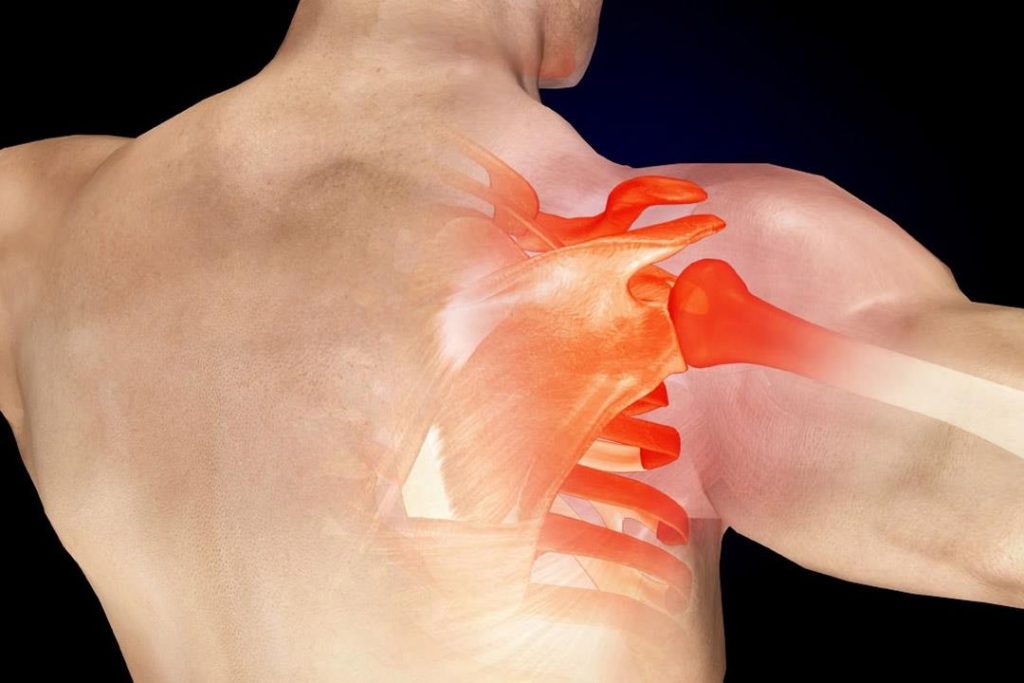
Post-Shoulder Stabilization Surgery Complications
There are some complications that may occur after shoulder stabilization surgery, but they are rare. These complications include:
- Infection: The patient may develop an infection, which can manifest as fever, nausea, increased pain, and general fatigue.
- Subcutaneous Bleeding: Bleeding under the skin may occur, often associated with the entry points of the arthroscopic instruments. This can result in localized bruising.
- Bruising Extension: Sometimes, these bruises may extend down the arm and into the chest area. While this is a common occurrence, it typically resolves within two weeks and does not require treatment.
- Wound Discharge: The wounds may be surrounded by redness in the skin and may secrete fluid, blood, or pus.
- Stiffness: There is a possibility of developing stiffness or restricted movement, even if the patient has undergone appropriate rehabilitation and physical therapy.
-
Surgical Failure: In rare cases, surgical failure may occur, leading to a recurrence of shoulder dislocation.




